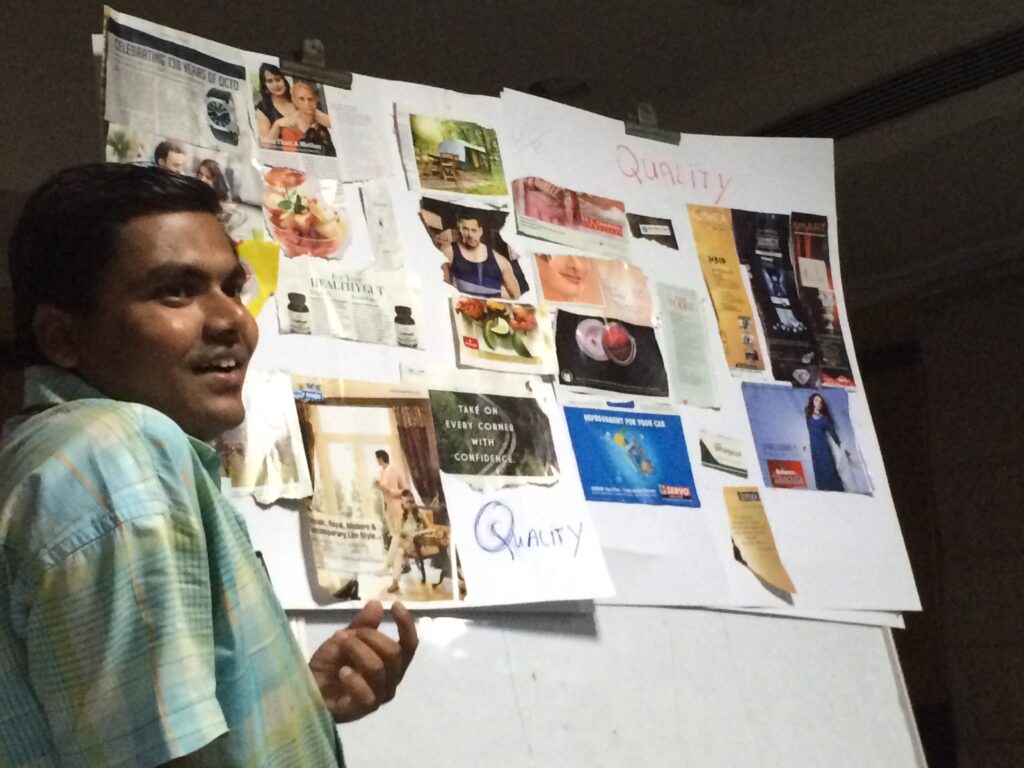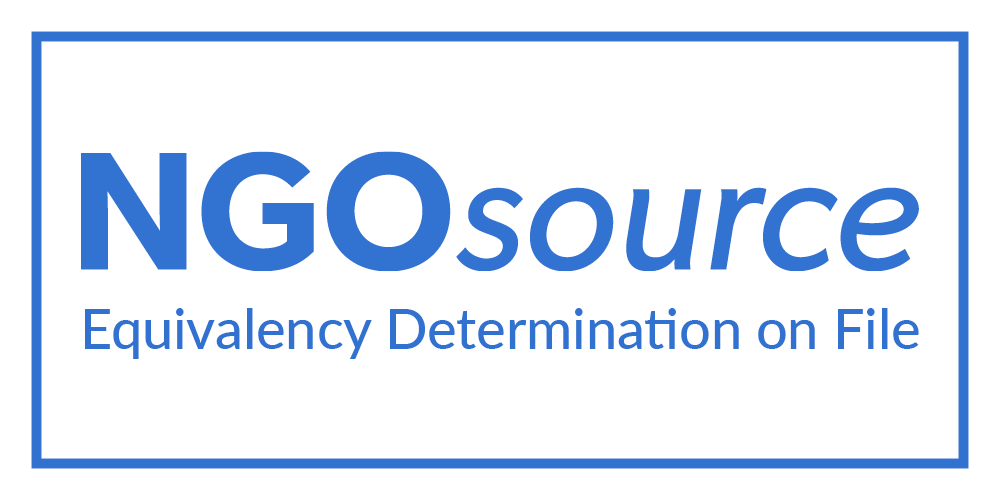There’s much to tell about (internal) communication, but experiencing it yourself is much more effective. That’s what the team of Women on Wings’ business partner Swornajyoti found out at a workshop moderated by Nicolette Biessels, expert for Women on Wings, and Supriya Kapoor, Senior Business Consultant of Women on Wings, mid May in Bhubaneswar, Odisha.
Visualizing values
On day one of the workshop, the team worked through the communication pyramid of the 4 i’s (inspiring – involving – instructing – informing) and identified the company’s core values for which they had been given homework prior to the workshop. Nicolette: “Visualizing these core values on a mood board with images cut from magazines, turned out quite challenging. Having different images for each value resulted in interesting discussions.”
The Swornajyoti team comprised field staff, marketing and financial people, branch managers and the CEO. They worked on various interactive assignments to learn more about the importance of internal communication and defined communication target groups and key messages.
Guidance and structure
On the second day of the workshop, more aspects of internal communication were highlighted like communication media – which, why and how to use them -, budget, timing & frequency and monitoring. The team used the output of the first day to work on a communication format that provided guidance and structure. Since Swornajyoti works with teams from four cooperatives on various locations, it’s very important to look at clear communication roles and responsibilities.
Connecting more female farmers to the market
Swornajyoti is the umbrella organization for four poultry cooperatives in Odisha. Currently, it has a total of 6,100 female members that produce chickens, ducks and quails. Women on Wings will work with Swornajyoty on its growth strategy, which includes sales and distribution, finances, marketing & communications and organizational structure. The growth strategy aims to create new employment opportunities for a total of over 4,000 female farmers by 2017.


